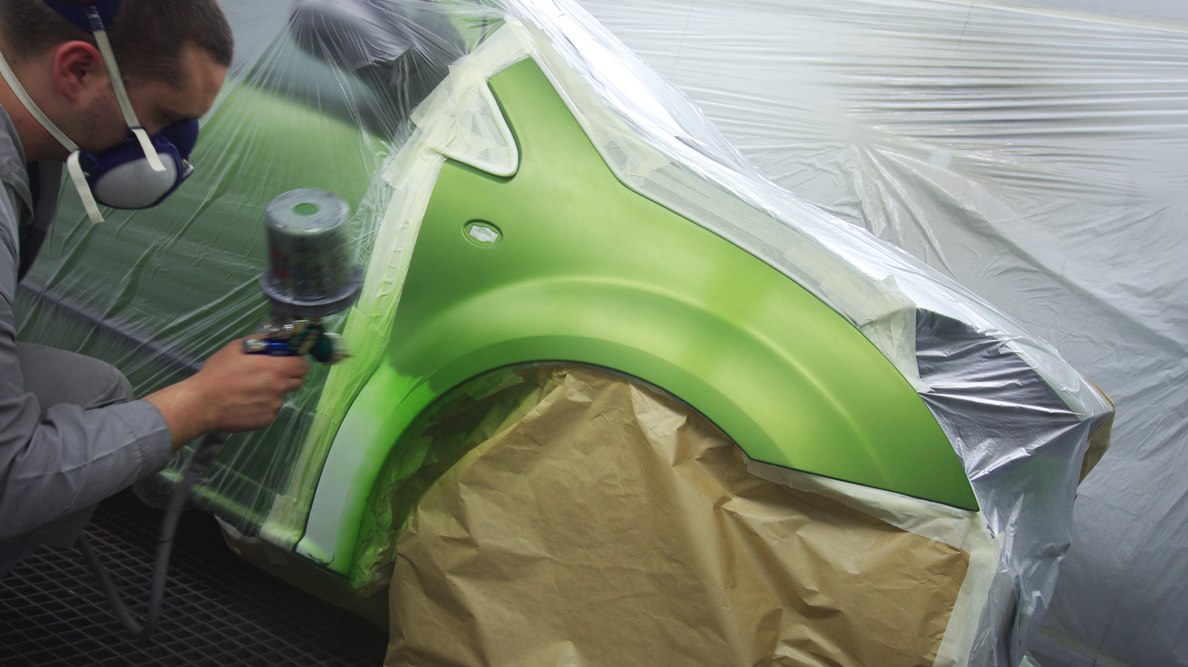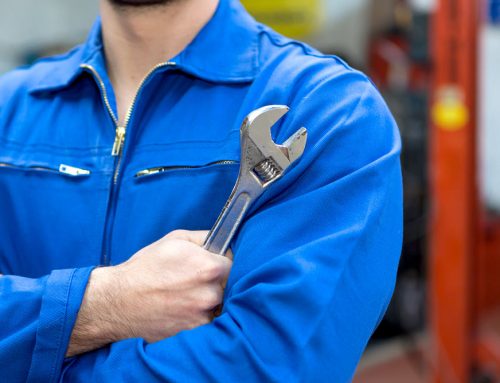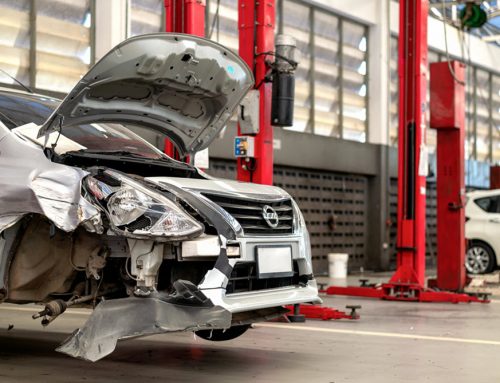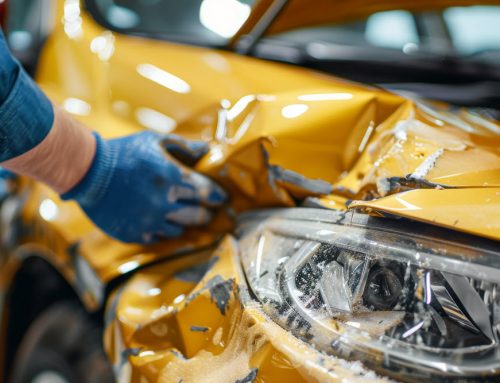Hello, this is Alex. When this article goes online, the sun is shining. If anyone missed the blend on a customer’s car, it is easy to see to the naked eye. Ding-dong! The customer will then ring your doorbell to get the service he deserves.
In the world of waste that reduces productivity, we call this concept defects, or poor quality of work.
Every claim for warranty, every customer who is unhappy with the service and asks for repairs, prevents you from executing your next chargeable repair. That’s why producing quality is so important.
First, a botched repair is a promise that you will have to repair it again. And that means spending twice the time, material, and effort. That’s like having to pay twice for the same repair. But it’s worse than that: by the time you botched a repair, you were not making a successful one, and by the time you fix the same one a second time, you are not repairing a new one. So, you get paid once, but in opportunity cost and real cost you pay for a bad repair three to four times over.
If you have a serious return percentage, you have some huge gains to make right here. Plus, customers who come back to you with repair warranty returns won’t be singing your praises. That’s another invisible cost that can lead to financial and reputation damages for the shop.
So how can you avoid falling into the poor quality trap? Here are a few tips:
Training and skills: Make sure your team is well trained and up to date. A competent technician is the first barrier against poor quality.
Rigorous quality control: Implement a solid quality control system. A good critical look before the car leaves the shop can save you a lot of trouble.
Open communication: Encourage honest communication in your team. If someone spots a potential problem, they should be able to report it without fear.
Optimized processes: Good processes will reduce your risk of damaging the vehicle simply by trying to complete the repair. The more you limit vehicle movements and movements around the vehicle, the more you limit your risk of bad surprises.
In short, poor quality is like an assassin hiding in the shadows, ready to strike at your collision shop when you least expect it. By fighting it, you not only gain in efficiency, you also build a solid reputation.
A quick note before you go: Too much is as bad as not enough! Make the quality needed for a successful repair, no more, no less, to avoid negative repercussions on your productivity.
Now, take a look at your rework percentage, set yourself a goal of reducing it, adjust your processes accordingly, and put your work quality at your collision shop’s service.
—
Author: Alexandre Rocheleau
Translation and editing: Krystel Henley-Rocheleau





